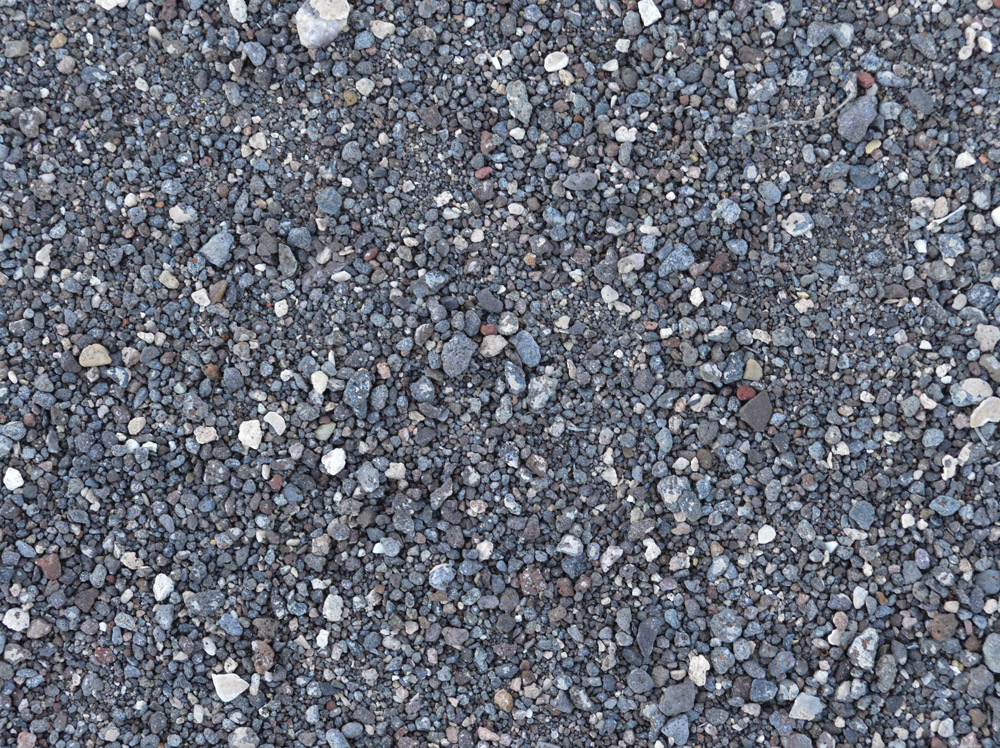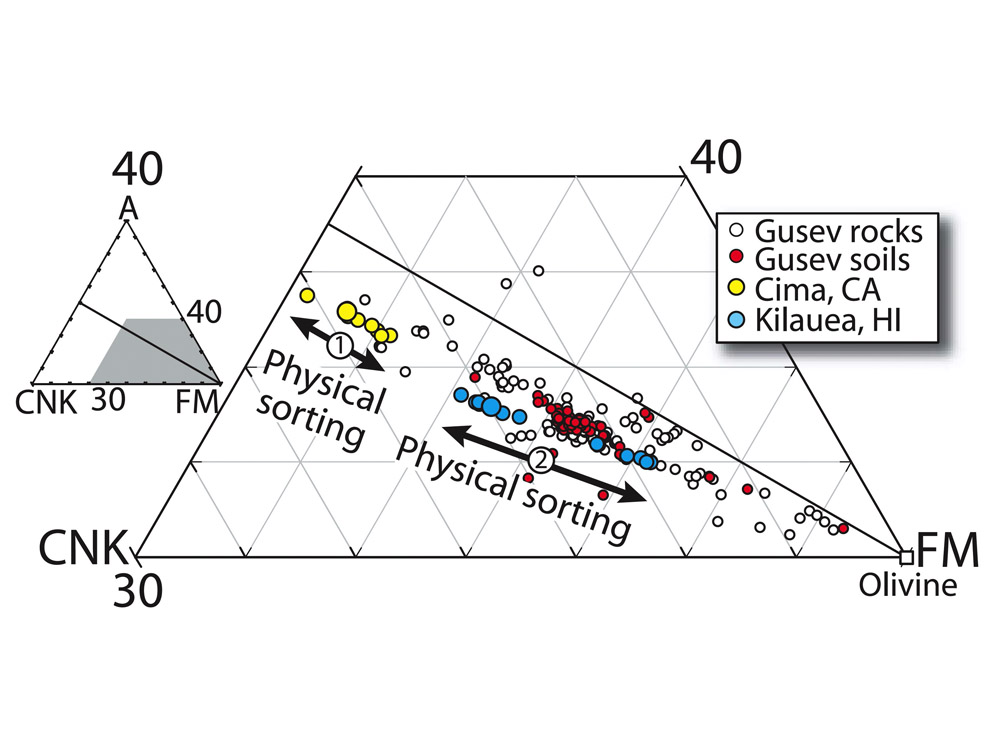
Mars & Mars Analog Research
I have several directions that I am working on with respect to Mars and Mars analog research. I am working as a Participating Scientist on NASAs Mars Science Lab mission. You can keep up with the mission by following the current location of the rover on this map and even explore certain location in 3D with this super cool on-line tool. My research with the Curiosity rover integrates textural, geochemical, and mineralogical data to interpret the depositional environments and compositional trends for sedimentary rocks in Gale Crater.
This works represents an extension of the research I was doing in collaboration with Hap McSween using the Mars Exploration Rovers (MER) mission. I am interested in understanding how the effects of chemical weathering and sorting during transport can impact soil composition. My terrestrial research on the early Earth and weathering and provenance plays a central role in helping me better frame problems on Mars where conditions during the Noachian may have been similar to Hadean and Archean Earth. I am also working on projects associated with image analysis and interpreting sedimentary processes. In particular, we have been exploring how much image resolution and the effect of shadowing impacts the resultant data. Because we are using terrestrial analogs (impact simulant, aeolian, fluvial), we have the capacity to measure the actual grains (via sieving, microscopy) and make comparisons with data collected on images.
Five representative publications:
Edgett, K.S., Banham, S.G., Bennett, K.A., Edgar, L.A., Edwards, C.S., Fairen, A.G., Fedo, C.M., Fey, D.M., Garvin, J.B., Grotzinger, J.P., Gupta, S., Henderson, M.J., House, C.H., Mangold, N., McLennan, S.M., Newsom, H.E., Rowland, S.K., Siebach, K.L., Thompson, L., Van Bommel, S.J., Wiens, R.C., Williams, R.M.E., Yingst, R.A., 2020, Extraformational sediment recycling on Mars: Geosphere, v. 16, no. 6, pp. 1508-1537.
https://doi.org/10.1130/GES02244.1
Edgar, L.A., Fedo, C.M., Gupta, S., Banham, S., Fraeman, A.A., Grotzinger, J.P., Stack, K.M., Stein, N.T., Bennett, K.A., Rivera-Hernandez, F., Sun, V.Z., Edgett, K.S., Rubin, D.M., House, C., Van Beek, J., 2020, A lacustrine paleoenvironment recorded at Vera Rubin Ridge, Gale Crater: Overview of the sedimentology and stratigraphy observed by the Mars Science Laboratory Curiosity Rover: Journal of Geophysical Research – Planets, v. 125.
https://doi.org/10.1029/2019JE006307
Stein, N.T, Quinn, D.P., Grotzinger, J.P., Fedo, C.M., Ehlmann, B.L., Stack, K.M., Edgar, L.A., Fraeman, A.A., Deen, R., 2020, Regional structural orientation of the Mt. Sharp group revealed by in-situ dip measurements and stratigraphic correlations on the Vera Rubin ridge: Journal of Geophysical Research – Planets, v. 125.
https://doi.org/10.1029/2019JE006298
Fedo, C.M., McGlynn, I.O., and McSween, H.Y., Jr., 2015, Grain size and hydrodynamic sorting controls on the composition of synthetic, analog, basaltic sediments: implications for interpreting martian soils: Earth & Planetary Science Letters, v. 423, p. 67-77.
https://doi.org/10.1016/j.epsl.2015.03.052
McGlynn, I.O., Fedo, C.M., and McSween, H.Y., Jr., 2012, Soil mineralogy at the Mars Exploration Rover landing sites: an assessment of the competing roles of physical sorting and chemical weathering: Journal of Geophysical Research – Planets, v. 117, E01006.
https://doi.org/10.1029/2011JE003861




